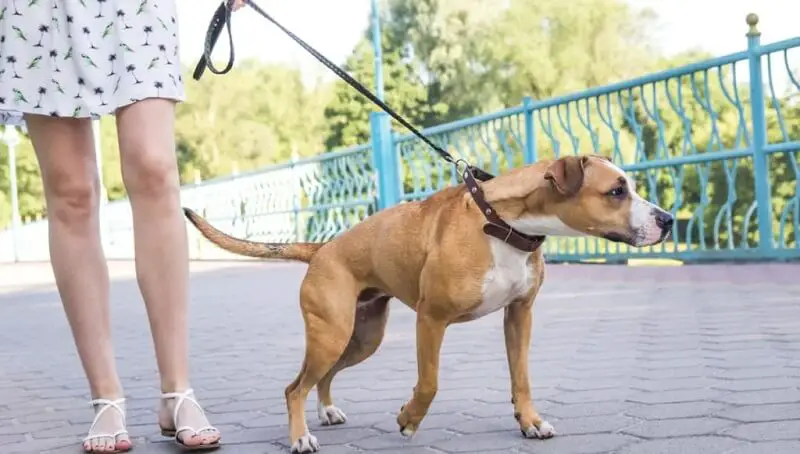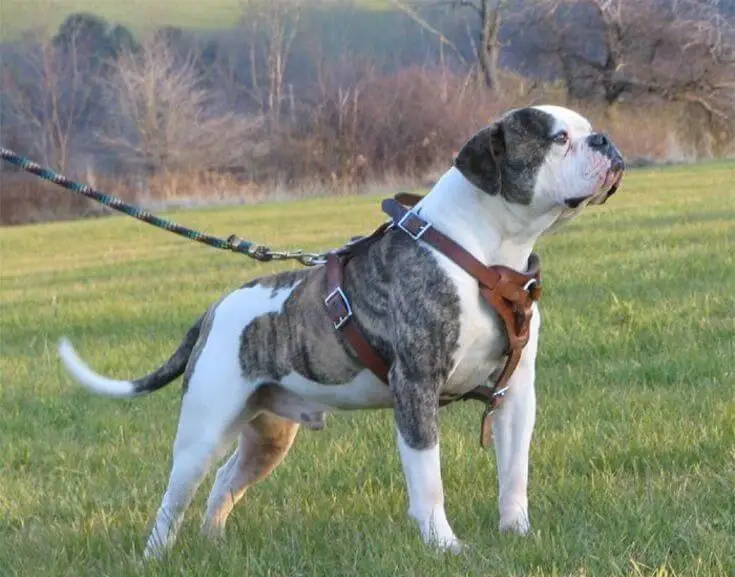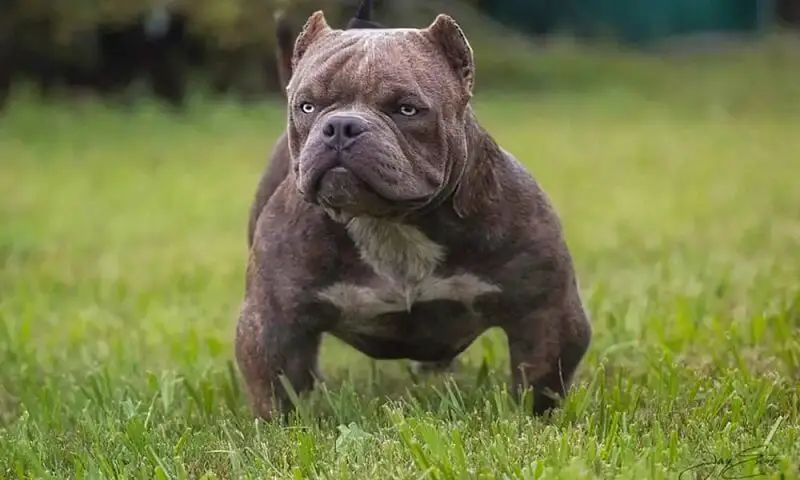You might have noticed that your dog doesn’t always have the same ideas when it comes to walking together as you do. Humans like to walk in an orderly fashion along a sidewalk or trail. Dogs will usually let themselves be guided by their noses instead of their owners. The pace isn’t always the one dictated by the human. Dogs will have a different speed which will depend on how long they will get stuck on a particular scent before they will find something else to focus on.
This all will make you at some point dread your walks with your dog, especially when the pet drags you down the road. Do you have a dog that pulls on his leash a lot and wonder what can you do to stop it? This article will give you some tips on what you can do.
Buy a chest-led harness
Getting the necessary accessories can make a huge difference when it comes to activities with your dog, including walking. It would be a good idea to opt for the type of chest-led harness that can get attached to the leash through a clip on the dog’s chest instead of the usual collar around the neck, especially if you have a pet that pulls continuously.
You might also like my articles on how to use training to stop a dog from biting, digging up the yard, or poop quickly.
Dogs will usually try to push instinctively against pressure applied especially in some parts of their body. A great example is them pulling forward when the leash tugs on their neck. They might even try to resist when you ask them to sit while pushing on their back.
This is why a chest-led harness will help: it will change the direction of the dog instead of triggering the opposition reflex by pulling against him. When you go for this type of harness, make sure you also use the normal collar to ensure the dog always has identification on him while outside.
Avoid reinforcing bad behavior
When the dog begins to pull, although you might be tempted to punish him, yell at him, or at least yank the leash, try not to. Don’t just give up on training either. The dog’s bad behavior will be reinforced when you let him pull you as well. What you can do instead is simply stand still for a short while when he starts to pull you along. You should only start walking again when you notice that the dog puts some slack on the leash and comes toward you.
Praise him for relaxing, then begin walking again slowly. This process should be repeated as many times as it is required for him to understand that the only way to move forward is by following your rules.
Try to be unpredictable
Another great thing you can do is simply change the direction in which you’re going when you notice the dog begins to pull on the leash. When you begin walking in a new direction, do it suddenly, by just stopping and then saying “this way” or let’s go” and moving on a different path. Whenever the dog understands, joins your way, and obeys your requests, don’t forget to praise him. This isn’t something you will fix overnight and it might take a few walks around your neighborhood to make him understand how to walk next to you.
Your dog needs smell stops on his route
 The sense of smell is very important for your pet, which is why simply moving in a straight line on the concrete sidewalk just won’t work. Although it is very important for your dog to have good behavior while on walks, also keep in mind to find a few places with stronger smells on your way, where your dog can stop and sniff around. This will be a great reward for his proper behavior and also a way for the dog to stimulate his brain through the processing of smells.
The sense of smell is very important for your pet, which is why simply moving in a straight line on the concrete sidewalk just won’t work. Although it is very important for your dog to have good behavior while on walks, also keep in mind to find a few places with stronger smells on your way, where your dog can stop and sniff around. This will be a great reward for his proper behavior and also a way for the dog to stimulate his brain through the processing of smells.
Keep in mind that each stop for smells should be considered a reward and you should use the same commands, either “this way” or “let’s go” when you think it’s time to continue your walk.
Keep rewarding good behavior
Always make use of small treats to reward your dog while leash-training him. It will be a lot easier to make him learn something if he finds it both fun and a reason for delicious treats. Although you should never stop the praises, while the dog gets better and better at following rules try to reduce the number of treats he will get. Praises are something your dog should never have too few of.
Most importantly, be patient
This is usually what people have the hardest time with while training a dog. Constantly monitoring the dog’s progress while changing direction, stopping, and starting over and over again, can be a very frustrating job. Along with your consistency, the rewards you have prepared for the dog, and the equipment you use, the right mindset once you get out the door will also be very important for the best results.




